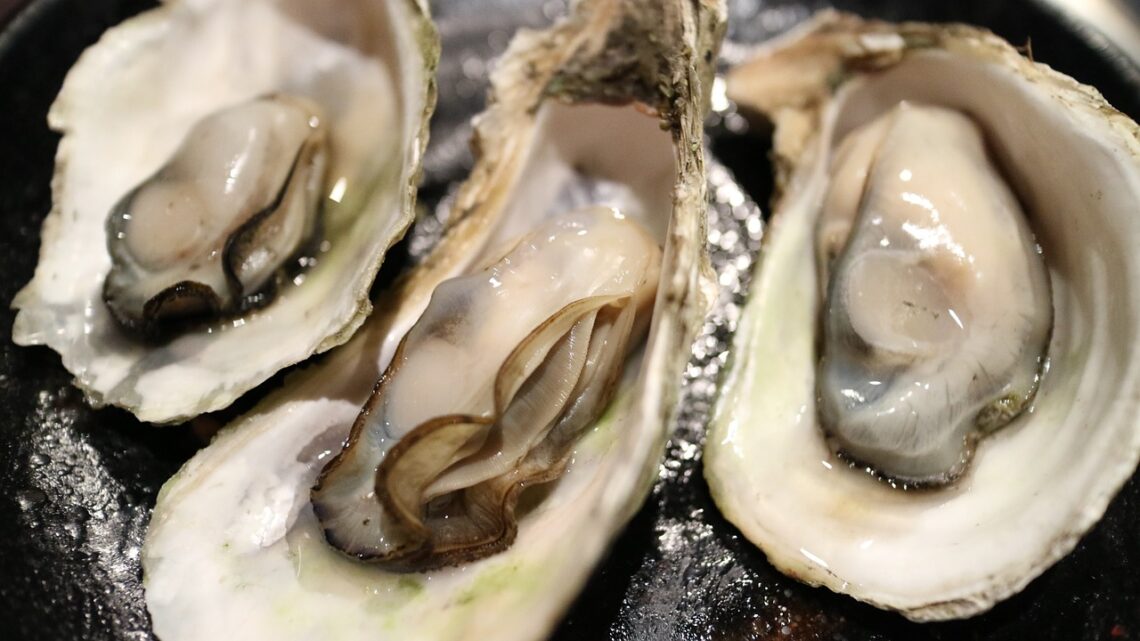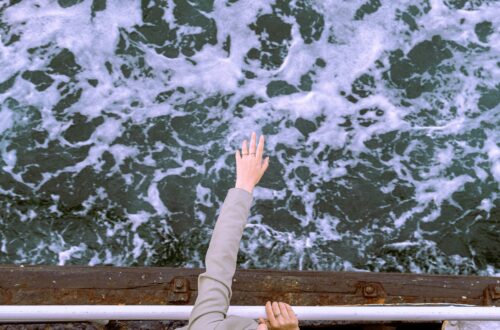The Oyster Wars were a series of occasionally violent battles in the Chesapeake Bay and the Potomac River between oyster pirates, authorities, and legal watermen from Maryland and Virginia. Maryland oystermen carried fifteen million bushels off of the Chesapeake Bay in 1884.
According to John R. Wennersten, the slippery little bivalves, formerly seen as only fit for the poor man’s pot, became so popular following the Civil War that they caused a boom reminiscent of a gold rush. The Eastern Shore was a rough and tumble area because of greed and guns. Poaching was expected, and many men met brutal deaths in the haste to make money. Here is everything that you need to know about the oyster wars.
Why did it happen?
The Maryland General Assembly approved legislation in 1830 that allowed only Maryland residents to gather oysters in the State’s seas. Maryland made dredging illegal, but Virginia allowed it until 1879. The Maryland General Assembly established a law in 1865 requiring annual oyster harvesting permits, often referenced as the start of the Oyster Wars. The oyster harvesting industry expanded after the Civil War. The Chesapeake Bay supplied over half of the world’s oyster supply in the 1880s. After their local oyster beds were depleted, New England fishermen encroached on the Bay, resulting in violent battles with Maryland and Virginia fishermen. Watermen from other counties also clashed.
Compact of 1785:
Representatives from Maryland and Virginia were invited to Mount Vernon in 1785 to discuss fishing in their shared waters. Fishing rights and boat access in the Chesapeake Bay and Potomac River were included in the 13-point Maryland–Virginia Compact of 1785. According to the Compact, “All laws and regulations regulating the Potomac shall be implemented with the joint assent and permission of both states.”
There was only one problem: although the Compact, Maryland, and Virginia rarely worked together on oyster policy in their respective waters. And, when oyster farming became more profitable in the 19th century, competition and strife erupted in the Chesapeake and its tributaries, some of which went violent, as Whitehurst could confirm.
How did it happen?
- Start of the Conflict:
The conflict began in the early 1800s when “dredging” replaced tonging as the preferred oyster harvesting method. Dredging pulled a net or basket behind a boat. It allowed oystermen to scrape mollusks off the bottom, whereas tonging employed a long metal or wooden set of rakes to reach down and collect oysters. Dredging was a more efficient way to catch oysters, but that efficiency resulted in overharvesting. Oyster reefs were scraped and ruined by the nets and baskets. Dredging was reducing oyster reefs in New England by the 1810s. As a result, some of those oystermen began to gather oysters in Maryland and Virginia. In 1811, Virginia established an Act to prevent the destruction of oysters. Collecting oysters in Virginia waters with any drag, scoop, rake, or device except tongs was illegal. The act merely exacerbated the regional strife by bringing more dredgers into Maryland. Nine years later, the Maryland General Assembly passed “An Act to Prevent the Destruction of Oysters in this State which prohibited inhabitants of other states from harvesting oysters in Maryland waterways. Also, it imposed a $20 fine on violators. The new laws were harsh, yet they were difficult to enforce because lawbreakers outnumbered the officials. At the same time, the region’s hunger for oysters was increasing, both nutritional and economic.
- Maryland’s Oyster Police Force:
Everyone was affected by the conflict. Sometimes it was police vs. watermen, and other times, it was waterman vs. waterman. Meanwhile, Virginia and Maryland were in strife over who owned the rich fishing grounds of Tangier Sound in the Chesapeake Bay and which State owned them. Maryland established the State Oyster Police Force on March 30, 1868, to restore order and combat rampant illicit harvesting. However, everything was functioning differently than planned since the oyster pirates were unfazed.
- Governor Cameron’s Action:
On the other hand, Virginia Governor William Cameron decided to take matters into his own hands early on February 17, 1882. He went off on a mission against illegal oyster harvesters on the Rappahannock River, leading a “two-vessel navy” made up of members of his staff and some local militia members. Cameron’s team detected seven vessels suspected of illegally dredging for oysters near the river’s mouth after a few hours. Cameron’s ships could get near the oyster boats by pretending that one of their larger ships was towing the second one back to shore. Then, they went after the oyster boats, capturing six of them. One attempted to flee, but the crew surrendered after a three-hour chase. Firstly, Cameron’s quest turned out to be a success. The oystermen who were apprehended were each sentenced to a year in prison, and all seven boats were auctioned off, forcing their owners to repurchase them.
- Cameron’s Surrender to Political Pressures:
Governor Cameron, under political pressure, lowered the captains’ sentence to six months each in April 1882 and pardoned one who was unwell. He also pardoned the oystermen, except for one who attempted to flee by setting the jail on fire. Moreover, the Virginia Supreme Court concluded in November that the boat owners had not been fairly represented and that they should not be forced to buy back their boats. And, to make matters worse, illegal oyster dredging was still going on, and many of the men Cameron had pardoned were back on the water again, causing disturbances. Cameron resurrected the Virginia oyster fleet in 1884. Still, despite early victories, the force could not regulate unlawful oyster harvesting in the State for decades. Dredging ruined oyster reefs in addition to overharvesting, and local harvests began to drop in the early 1900s. However, on and off, Oyster War battles lasted in both Maryland and Virginia long into the twentieth century.
- End of the Conflict:
In April 1959, the crisis came to a head. Berkeley Muse and two other people were arrested early on April 8 on suspicion of unlawfully dredging for oysters near Swan Point on the Maryland side of the Potomac River. When spotted and approached, the three individuals rushed away from patrol boats. The Maryland cops started shooting. Muse died due to his injuries, while one of his comrades was wounded in the leg but lived. The men had been tonging for oysters that night, according to Virginia state police, who found no dredging equipment aboard the boat.
When did the war end?
After a fisheries officer killed a Virginia waterman who was unlawfully dredging, Potomac River Fisheries Commissioner H. C. Byrd ordered the fisheries police disarmed in 1959. This decision helped end the bloodshed with the agreement adopted by the Virginia and Maryland legislatures.
Moreover, the Potomac River Fisheries Commission was established when President John F. Kennedy signed the law in December 1962. The Oyster Wars were officially over a century after they began.





